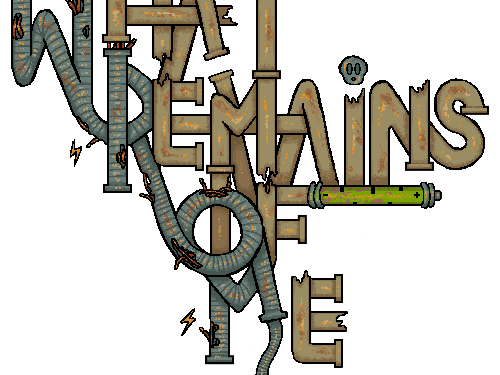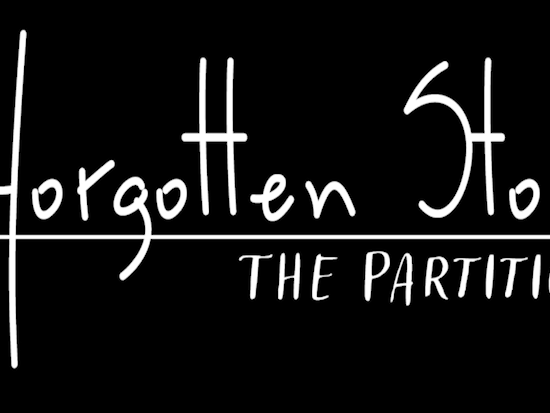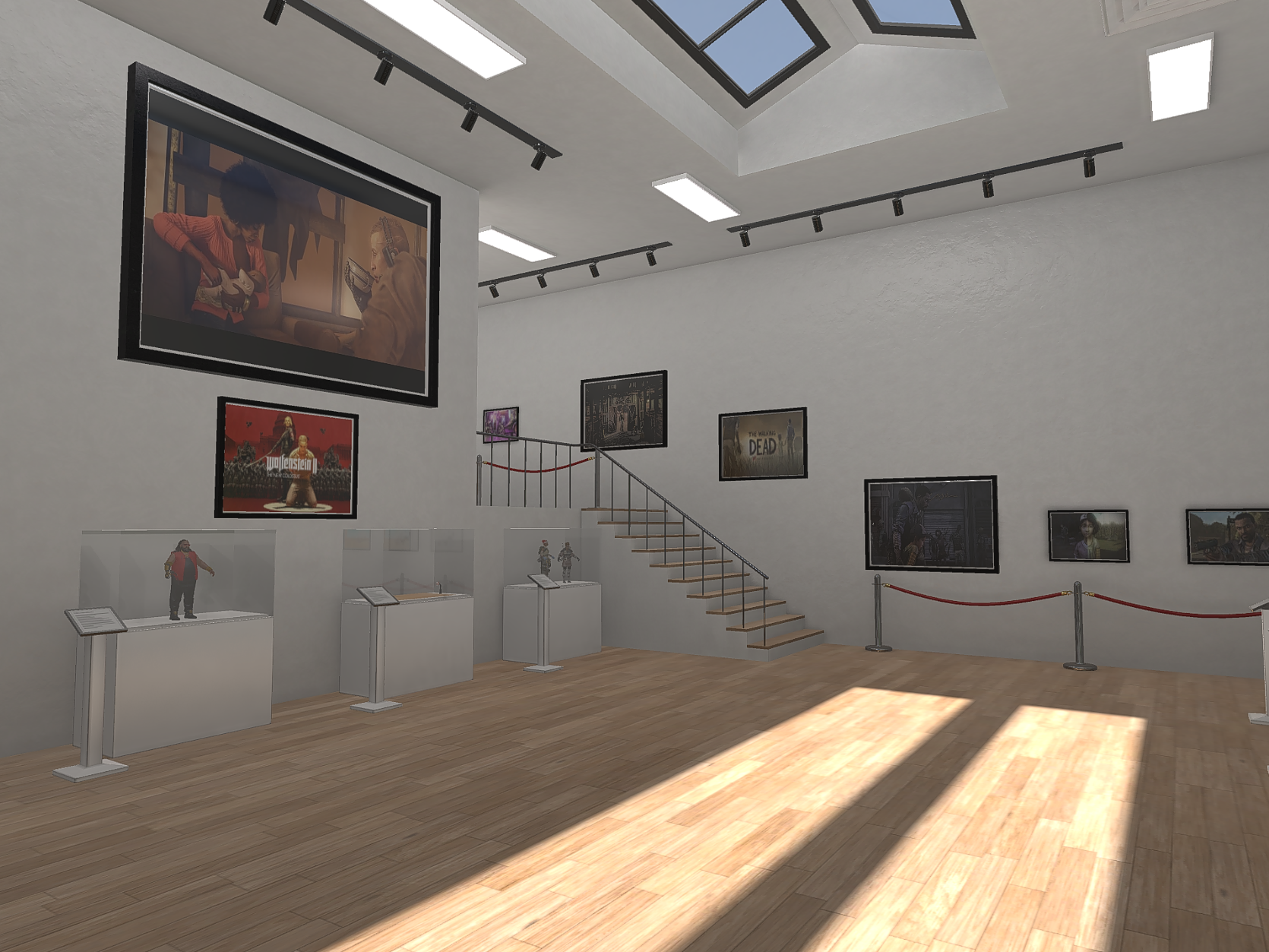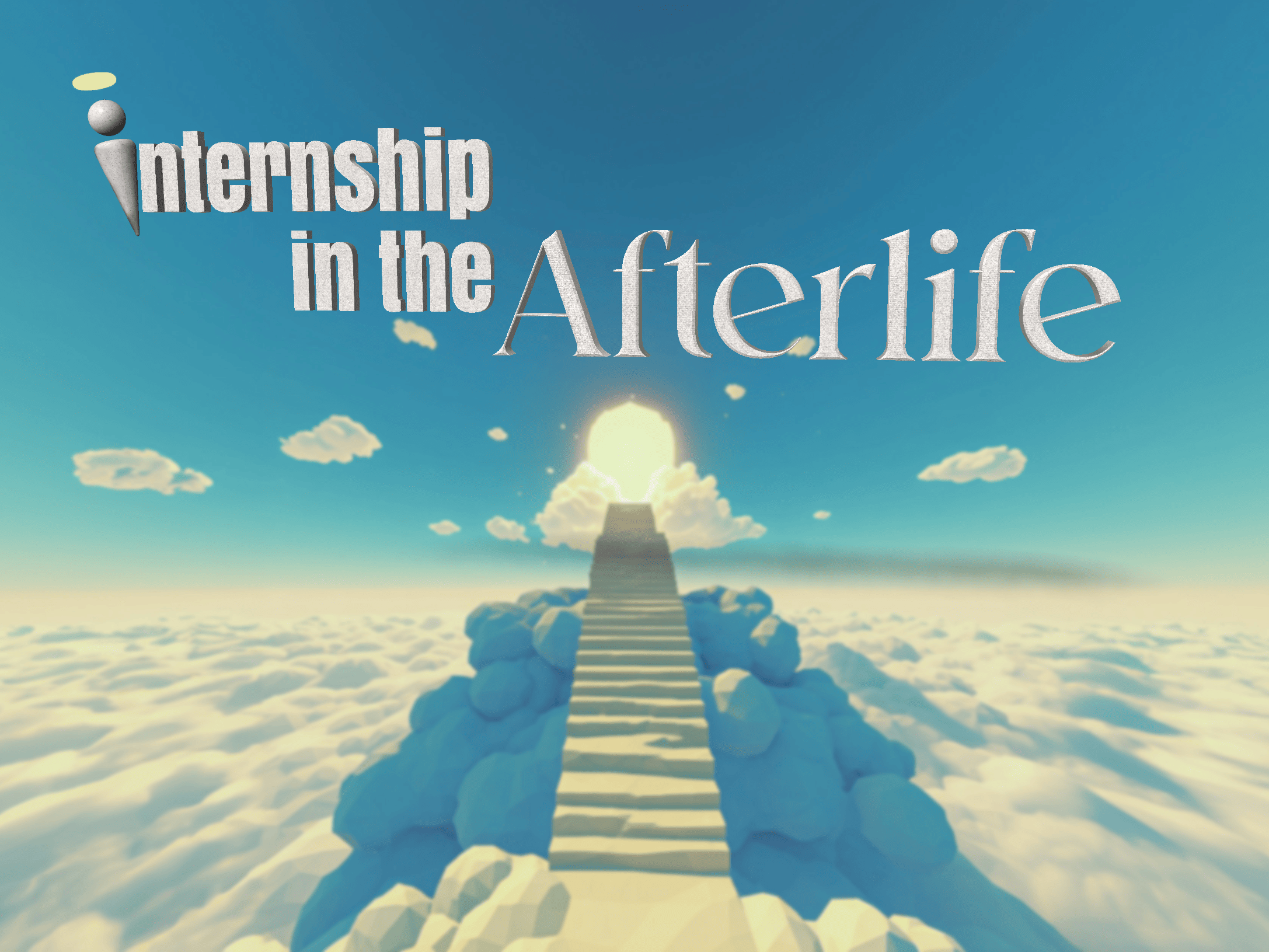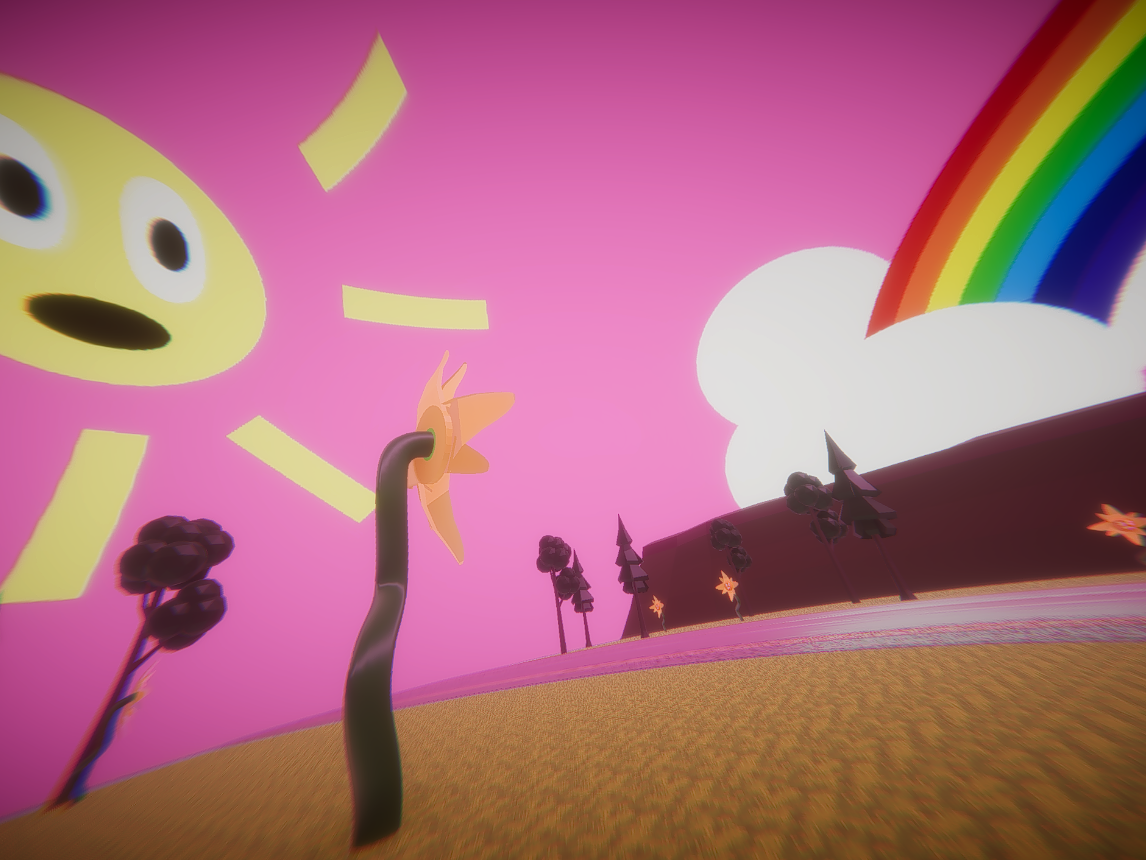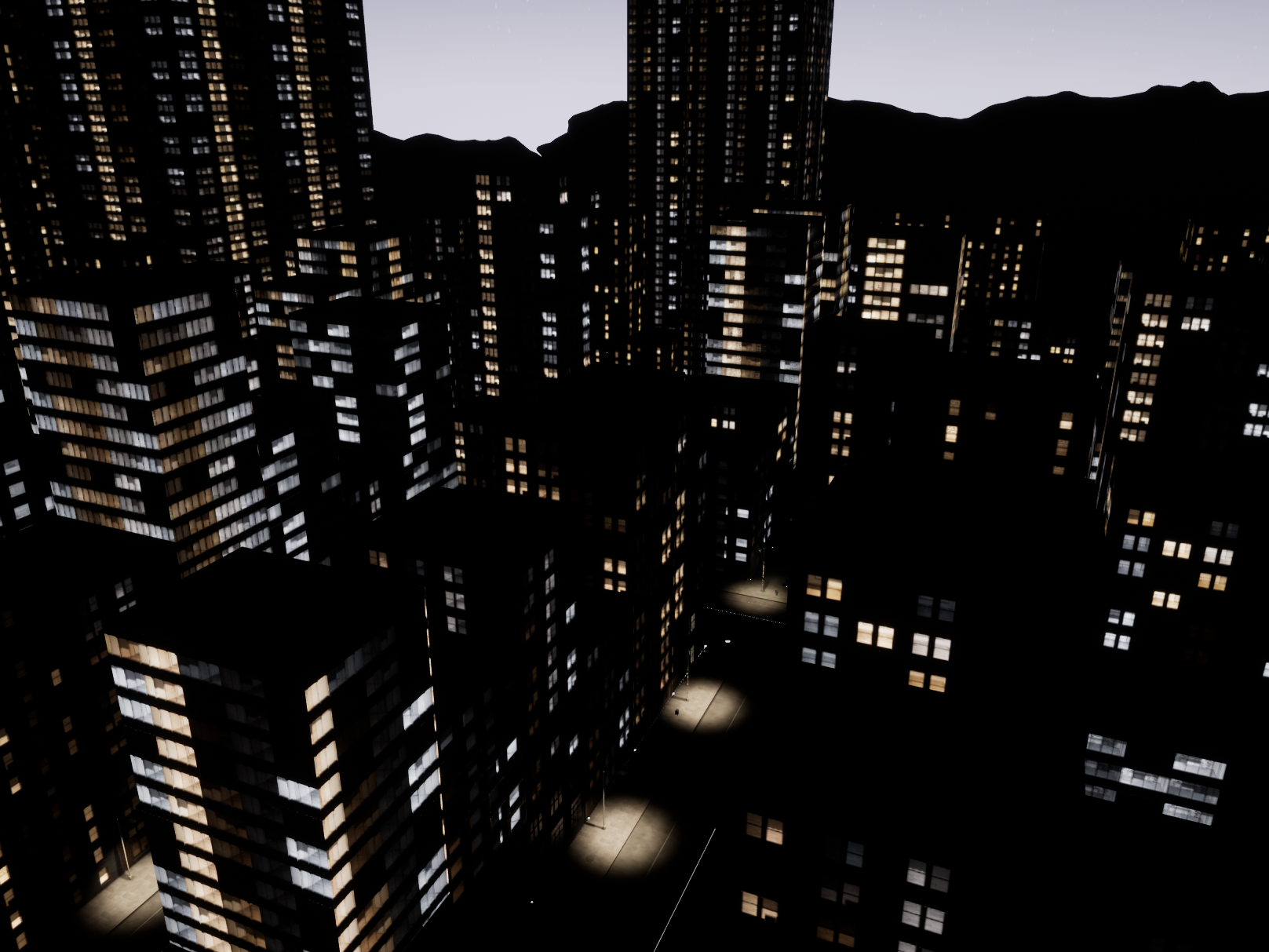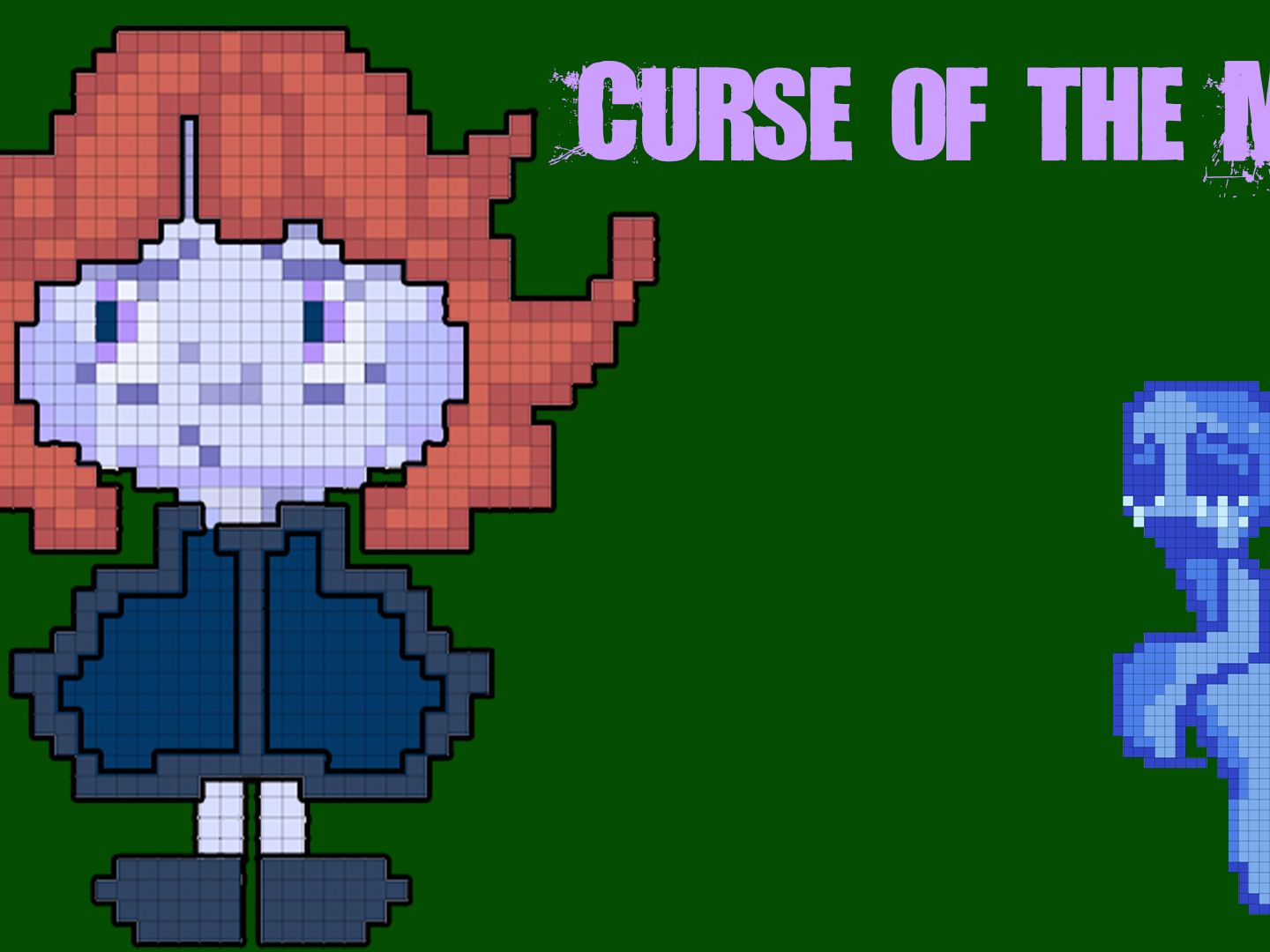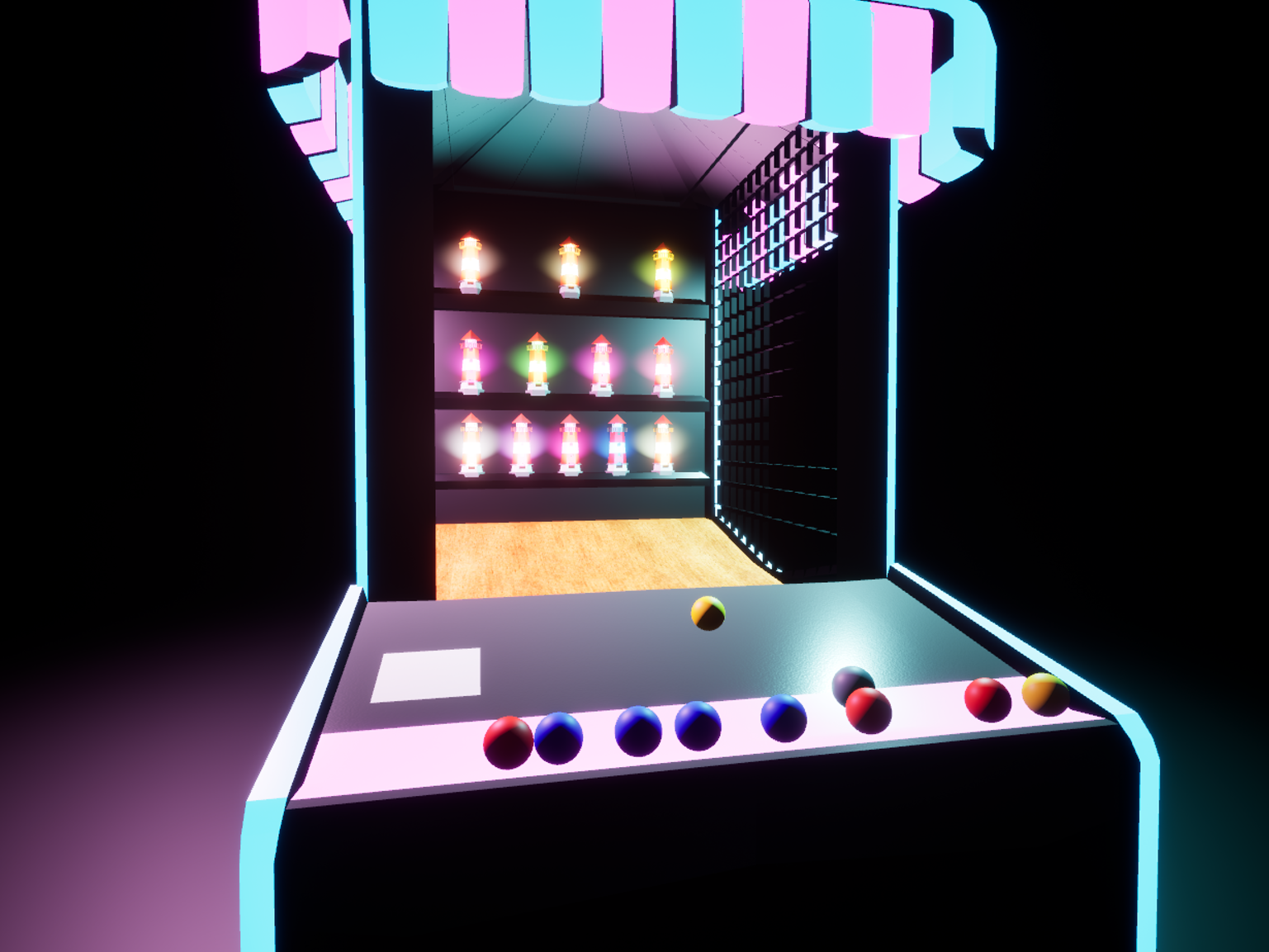From January to May 2022, I worked as an Extended Realities Simulation Developer for Unity College: XR Innovation Lab, which was my first employment in the realm of game design. During my time here, I worked with the Unity Game Engine on two projects: The Virtual Forest PC Edition for Mac and Windows, and The Virtual Forest VR Edition for Oculus Quest 2 standalone Head-Mounted Displays (HMDs).
Virtual Forest PC Edition
Virtual Forest VR Edition
The Virtual Forest PC Edition is a simulation based on the concept of field scientists gathering and collecting data but being unable to verify that the data they obtained was correct when compared to data acquired by other scientists. Allowing the user to enter the simulation allows them to acclimate to the environment and learn to adapt the expertise they'll need in the field without compromising the data's authenticity. The simulation is now being utilized in the College's course curriculum for student development.
The Virtual Forest VR Edition was created for scientists who wanted to have the same unique experience as the Virtual Forest PC Edition in a 3-Dimensional simulation that could capture their head and hand gestures and interact with the virtual environment.
Project Lead / Manager
As a project manager, my responsibilities included monitoring and keeping track of any modifications made and needed in the project, as well as assigning personnel, whether myself or others, to execute this duty. This was critical since we met twice a week to review the simulation's development and debate the many successes and issues we encountered, all while incorporating new ideas into the project on a regular basis.
Click the links below to see examples of documentation I worked on!
PC Game Developer / Programmer
Many of the tasks I had to perform as a game developer centered on the Unity Game Engine. This included adding, removing, or fixing issues with code in the C# coding language, organizing scene and project assets, making changes to the environment, monitoring and testing the AI of animals and insects used in the simulation, and the creation of technical documentation. The most crucial component of this was ensuring that the simulation could be played on our target hardware, which was a 2013 MacBook Air or later. Despite the fact that this is outdated hardware, Unity College must consider the fact that their students may not have access to the most up-to-date and greatest computer technology, therefore the simulation must be able to accommodate everyone regardless of their technical platform.
Programming and coding were always difficult for me in the past, but after starting at Unity College, I've gained more coding skills than ever before. I used to struggle with finding out where to start and correcting compiler issues, but I now have a lot better knowledge of the C# programming language. While working on the Virtual Forest PC Edition, I was tasked with many coding challenges, such as editing the player's gameplay mechanics, editing the game states within the currently existing game modes, creating new game modes and making them executable from the main menu scene, and implementing data from one of our partner organizations, Recolude LLC, so that the user can view the most recent recording of their most recent gameplay with easy access on a web browser the moment it was recorded. After getting this experience, I am completely competent in producing games and dealing with the obstacles that come with them with the C# programming language.
Plastic SCM is the key tool used to maintain track of the versions and states of the project as quick changes are iterated throughout the design and development phase for all Unity College projects that include the Unity Game Engine. Understanding and managing the workspaces and repositories on a daily basis was a vital component of my responsibilities on the team. The ability to go through source control and figure out when anything went wrong and where to find the issue and remedy it also played a significant influence in the job. Then, on the Unity Cloud Gaming Services website, how to build projects so that projects may be produced on a regular basis for testing and iteration. The right configuration of Cloud services is crucial in the position of project lead on the team.
Prior to working here, I had only utilized the Unity Game Engine's UI feature to create dialog boxes. As a result, I was able to build and improve my understanding of the use and function of UI components, as well as how to correctly construct and troubleshoot them when issues occur. I took on the responsibility of creating an options menu for the Virtual Forest PC Edition, as well as adding a dynamic background and music to the game's Main Menu screen. UI is more than simply design; it is a navigation system that the user must follow, and it must be understood on all levels.
Sound Designer
I built and created a new sound system for the Virtual Forest PC Edition that uses 3D-spatialized audio to produce a realistic soundtrack for the simulated environment game modes. It's incredibly exciting to go from a silent empty canvas to a sound-rich environment that replicates the actual world if you've never worked on sound for a game before. This procedure will let you realize how much sound we absorb without even realizing it, including footfall, grass, twigs, waterfalls, river streams, wind, rain, strong thunder, crickets, birds, opossums, owls, bats, and much more.
While working on the Virtual Forest PC Edition, I altered the existing sound design in the game by utilizing Procedural Worlds' Ambient Sound Manager. While it wasn't the ideal tool, it was highly useful in that it facilitated the process of producing sound design much faster so that modifications could be included in the game all at once. The program enabled me to use what is known as public audio spaces to build many of the sites in the Virtual Forest where you may hear various animals, insects, and sounds. These noises are dynamic and change based on the player's location and rotation to immerse the user in a genuine woodland setting. The Ambient Sound Manager may be accessible in the C# programming language for more complex tasks by including the Ambient Manager Namespace in your coding documents. As a result, I was able to associate the game's sounds with various components of the Virtual Forest, such as the various weather systems and time of day systems.
Virtual Reality Developer
As a Virtual Reality Developer, I was entrusted with changing the existing world into a more aesthetically and performant experience for the user while encased in the Oculus Quest 2. Although we recognize that most VR users use a tethered cable to improve the performance of their HMD when using their computer, we wanted to focus on creating a truly immersive untethered experience so that the user has the full experience and feel of being in the real world while inside a simulation. This necessitated extensive study on how to correctly setup the Unity Game Engine settings so that the HMD can handle a 72hz or higher experience while preserving the highest visual fidelity.
Quality Assurance Tester
Because I would have to playtest the simulation hundreds of times and uncover new defects in the simulation quite regularly and have them corrected, especially if they were game breaking or exploratory errors, being a Quality Assurance Tester was arguably the most enjoyable and hardest position on the work. Finding the fault was simple, but establishing procedures to replicate it was sometimes the most difficult aspect, because some errors did not occur 100% of the time when being played.
